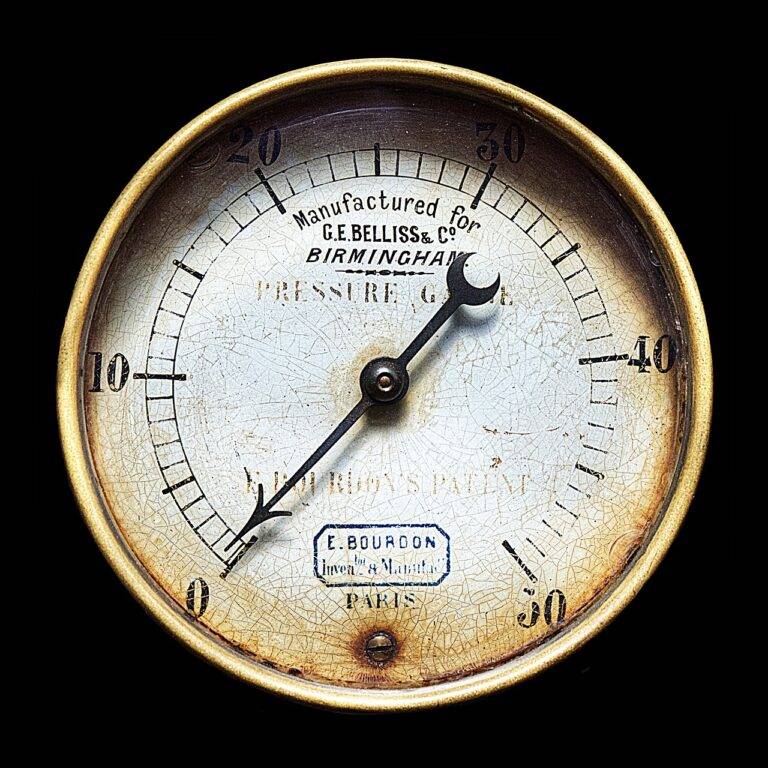The Evolution of Smart Waste Management Systems
In recent years, the concept of smart waste management systems has gained significant traction as cities and municipalities seek innovative solutions to address the challenges of waste disposal and environmental sustainability. These systems leverage advanced technologies, such as IoT sensors, data analytics, and automation, to optimize waste collection, recycling, and disposal processes. In this article, we explore the evolution of smart waste management systems and their potential to revolutionize the way we handle waste.
Smart waste management systems rely on a network of sensors embedded in waste bins and containers to monitor fill levels, detect anomalies, and optimize collection routes. These sensors transmit real-time data to a central management platform, where it is analyzed to generate insights and inform decision-making. By leveraging data-driven insights, cities can improve operational efficiency, reduce costs, and minimize environmental impact.
The Role of IoT Sensors
IoT sensors play a crucial role in smart waste management systems by providing real-time monitoring and tracking capabilities. These sensors are typically equipped with a range of sensors, including ultrasonic, infrared, or weight sensors, to accurately measure fill levels and detect changes in waste composition. By continuously monitoring fill levels, waste collection companies can optimize collection routes, reduce unnecessary pickups, and minimize fuel consumption and carbon emissions.
Moreover, IoT sensors enable proactive maintenance by detecting equipment malfunctions or failures in real-time, allowing for timely repairs and minimizing downtime. This proactive approach helps prevent service disruptions and ensures the reliability of waste collection services.
Data Analytics and Predictive Modeling
Another key component of smart waste management systems is data analytics and predictive modeling. By analyzing historical data on waste generation patterns, collection schedules, and environmental factors, cities can develop predictive models to forecast future waste generation and optimize resource allocation.
For example, predictive analytics can help identify areas with high waste generation rates or recurring issues, allowing cities to allocate resources more efficiently and implement targeted interventions, such as increased collection frequency or public awareness campaigns.
Automation and Optimization
Automation is another critical aspect of smart waste management systems, enabling seamless integration between sensor data, analytics, and decision-making processes. Automated routing algorithms can dynamically optimize waste collection routes based on real-time data, traffic conditions, and other relevant factors, ensuring that collection vehicles take the most efficient paths to minimize travel time and fuel consumption.
Furthermore, automation extends to other aspects of waste management operations, such as sorting, recycling, and disposal. Advanced technologies, such as robotic sorting systems and AI-powered recycling facilities, enable faster and more accurate sorting of recyclable materials, reducing contamination and improving the quality of recycled materials.
Integration with Smart City Initiatives
Smart waste management systems are an integral part of broader smart city initiatives aimed at improving the quality of life, sustainability, and efficiency of urban environments. By integrating waste management systems with other smart city infrastructure, such as transportation, energy, and water management systems, cities can create interconnected ecosystems that optimize resource utilization and enhance overall urban resilience.
For example, by leveraging data from smart waste management systems, cities can identify opportunities for synergies between waste collection and transportation systems, such as optimizing routes for collection vehicles to minimize traffic congestion and emissions.
Environmental Benefits and Sustainability
One of the primary goals of smart waste management systems is to promote environmental sustainability by reducing waste generation, increasing recycling rates, and minimizing the environmental impact of waste disposal. By optimizing collection routes and schedules, cities can reduce fuel consumption and greenhouse gas emissions associated with waste collection operations.
Furthermore, by implementing advanced recycling and waste-to-energy technologies, cities can divert more waste from landfills and incineration facilities, reducing the need for virgin materials and mitigating the environmental impact of waste disposal. This shift towards a circular economy model promotes resource conservation and environmental stewardship, contributing to long-term sustainability goals.
FAQs
Q: What are smart waste management systems?
A: Smart waste management systems leverage IoT sensors, data analytics, and automation to optimize waste collection, recycling, and disposal processes. These systems enable real-time monitoring, predictive modeling, and automation to improve operational efficiency and environmental sustainability.
Q: What are the benefits of smart waste management systems?
A: Benefits include improved operational efficiency, reduced costs, minimized environmental impact, and enhanced public health and safety. By optimizing waste collection and recycling processes, cities can reduce fuel consumption, greenhouse gas emissions, and landfill usage, leading to a cleaner and more sustainable urban environment.
Q: How do smart waste management systems contribute to sustainability?
A: Smart waste management systems promote sustainability by optimizing resource utilization, increasing recycling rates, and minimizing the environmental impact of waste disposal. By leveraging data-driven insights and advanced technologies, cities can reduce waste generation, improve recycling efficiency, and transition towards a circular economy model.
Smart waste management systems represent a paradigm shift in waste management practices, offering cities and municipalities a powerful tool to address the challenges of urbanization, population growth, and environmental sustainability. By harnessing the potential of IoT, data analytics, and automation, cities can create cleaner, more efficient, and more sustainable urban environments for current and future generations.





